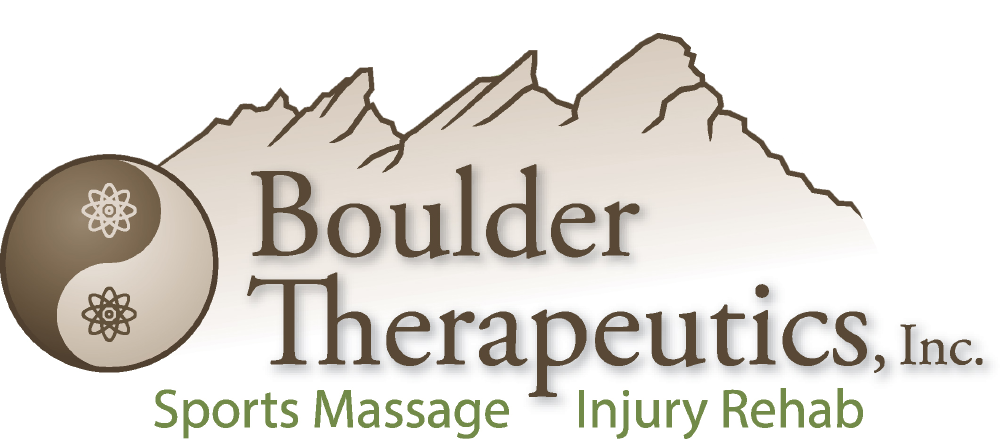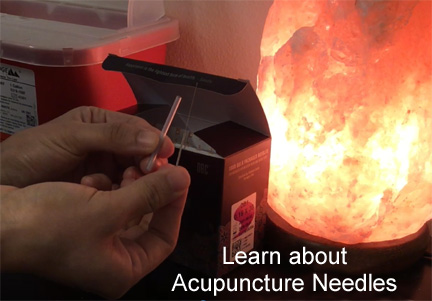Frequently Asked Questions about Acupuncture Needles:
It’s not uncommon for people to ask us questions about Acupuncture Needles. We LOVE educating our patients and about the modalities we offer.
Do acupuncture needles hurt?
Acupuncture needles are very thin, about the size of a hair strand. Although you might feel a slight pinch, insertion of a needle is generally painless. Common sensations at the site of a needle include tingling, heaviness, warmth, or nothing at all. Be sure to keep an open line of communication with your practitioner about all sensations you might feel during treatment.
Are acupuncture needles clean?
Acupuncture needles are sterile, single-use, filiform needles. After each use, acupuncture needles are disposed of in an appropriate sharps container. Your treating therapist will likely swab areas on your skin with a cotton ball soaked with alcohol to sterilize your skin before insertion.
What does filiform mean?
Filiform means very thin or threadlike, as acupuncture needles are about the size of a single hair strand. About 30 acupuncture needles can fit in a hypodermic needle that is used to draw blood! Unlike a hypodermic needle, acupuncture needles are solid with a pointed tip which makes acupuncture needles easier to break the skin barrier with little to no discomfort.
Are needles reused?
No, acupuncture needles are not re-used, nor should you re-insert an acupuncture needle yourself.
How many acupuncture needles are used?
A typical acupuncture session uses 10-20 needles. At your first acupuncture visit, your practitioner will get a feel for any sensitivities and tailor your treatment accordingly.
What are you doing to the needles after they are put in?
Needles are gently activated through specific movements such as twisting, thrusting, scraping the handle, or pressing around the needle to elicit a sensation. This is done to activate a response in the desired fascia/connective tissue.

